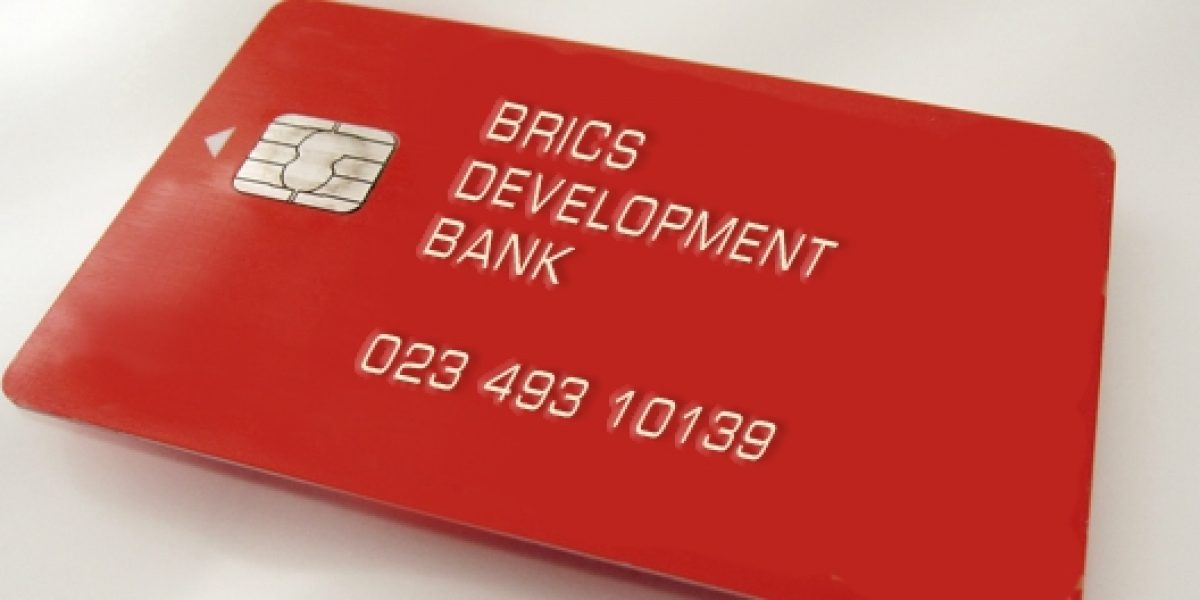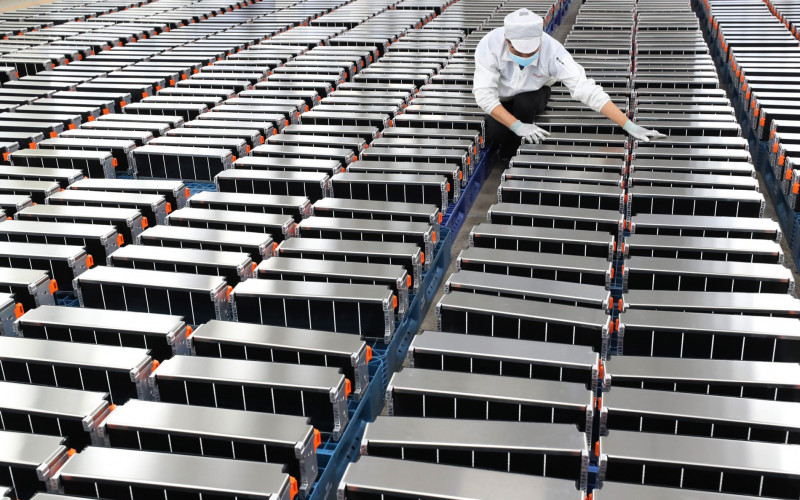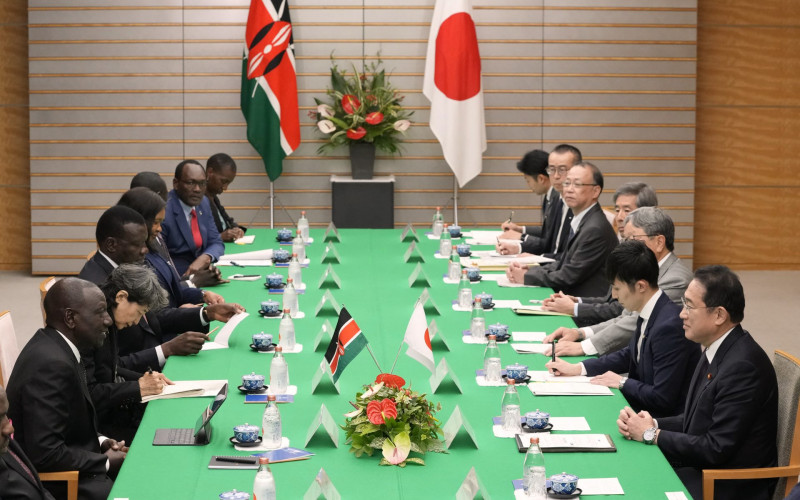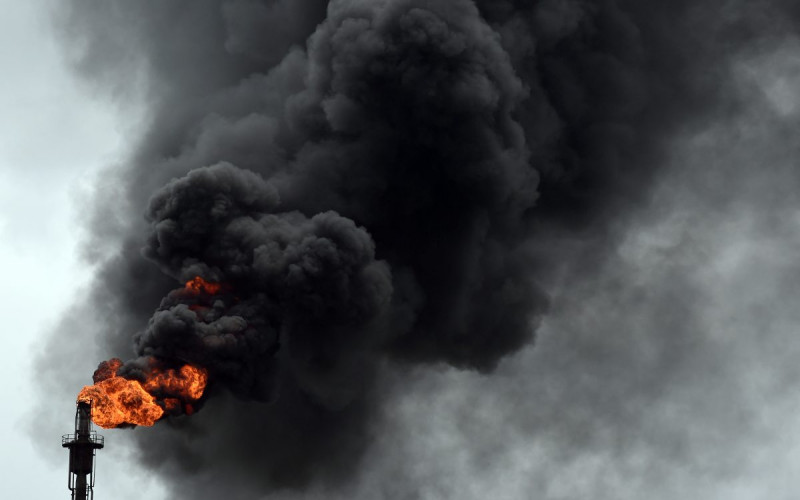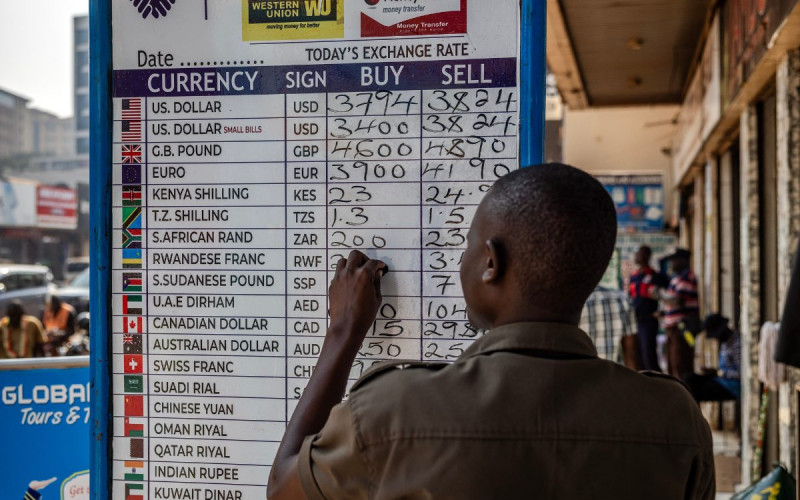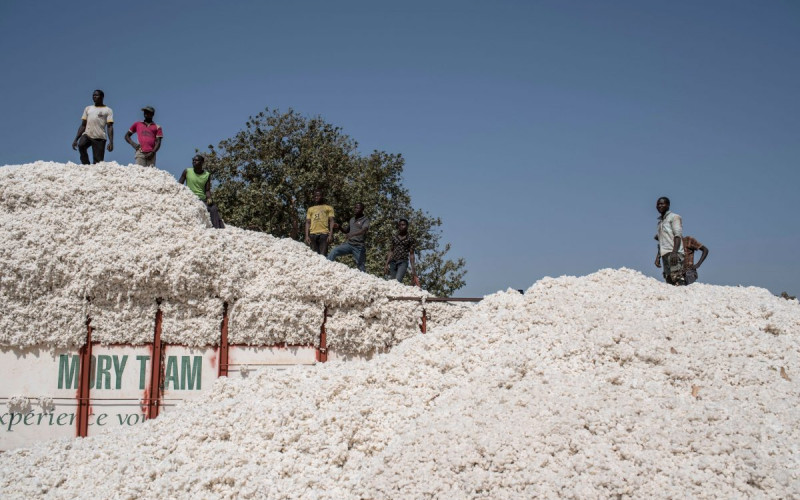As doubts have mounted, investors have increasingly turned back to traditional investment destinations like the United States and Europe, as well as to new formations like the MINTs (Mexico, India, Nigeria and Turkey).
Talk over a decline of the BRICS is overstated, but to ride out this difficult period for the group, renewed effort needs to be placed on developing hard institutions, most importantly the BRICS development bank.
When the Group of 20 (G-20) countries meet for their annual summits, attention invariably turns to the negotiated outcomes of the meetings, and expectations run high on the likely actions the group will take. Outcomes matter because although the grouping is relatively informal and driven by summits, the G-20 has some level of institutional capacity through pre-existing international organisations, such as the IMF and World Bank. BRICS summits are different. The undoubted importance of the group of five emerging superpowers draws similar attention, but expectations are constrained by the limited capacity of the BRICS to act as a coordinated group, rather than as five distinct countries. The advent of a BRICS-led New Development Bank, or NDB, would change that.
The idea of a BRICS Development Bank was mooted at the 2011 summit in New Delhi, and announced officially at the Durban summit in 2013. Since then, negotiations have been ongoing on how the NDB should work in practice. As BRICS events kick off for 2014, with the group’s Academic Forum this month, three big issues remain up for debate.
Funding and Decision-Making
Perhaps the biggest question, and the one on which the greatest progress has been made, is how the bank is going to be funded. Understanding who should contribute how much matters because of the high levels of asymmetry within the BRICS grouping: China’s economy is much larger than Brazil, Russia, or India; while South Africa lags some way behind any of the other countries. The BRICS bank could either be made small enough for all countries to afford equal participation and thus democratic governance; or it could accept different countries having differing contributions and unequal influence, but in so doing create a larger and more powerful fund.
Reports suggest that the bank is likely to settle on the first option, with each country contributing USD$ 10 billion, for an initial capitalisation of USD$ 50 billion and a democratic governance structure. This is despite calls by China for a capitalisation of USD$ 100 billion, with it contributing the largest share. To put these numbers into perspective, the World Bank has a capitalisation of USD$ 223 billion and an annual budget of around USD$ 5 billion.
On balance, the choice of a small capital base with equal contributions is probably the best option, for three reasons.
First, the BRICS development bank is born out of frustration with the Bretton Woods Institutions – the World Bank and IMF – both of which are funded by unequal contributions from member states, and thus have unequal voting power. This gives disproportionate influence to rich countries such as the United States. This imbalance has been roundly criticised by all five BRICS countries, which call for reform of the institutions. If the BRICS’ response was a development bank that itself was undemocratic, it would undermine their criticisms and their efforts for broader reform of global economic governance.
Secondly, the democratic model makes it easier to facilitate the entry of other developing countries into the development bank. Rhetoric around the bank has shifted from talk of a ‘BRICS Development Bank’ to that of a ‘BRICS-led New Development Bank.’ The change seems to reflect the desire to bring other leading emerging countries – such as Indonesia or Turkey – and possibly some developed countries into the NDB. If voting rights in the bank were distributed according to percentage contribution to overall capital, then the entry of new members would require a difficult renegotiation of voting rights and a shift in power. Entry would be much easier under the democratic model: any new country would simply have to match the USD$ 10 billion contribution and any entry conditions, and would then be free to join.
Finally, it must be remembered that initial capital does not determine how much money the NDB will have available to spend. Initial capital acts as seed funding for the Bank, which would then raise more substantial amounts in capital markets, to pay for its operations. Some commentators remain concerned about the ability of a BRICS bank to obtain the type of credit rating that would allow it to tap into low cost credit markets, given that the five countries have a diverse set of sovereign debt ratings, mostly lingering around the BBB level. However, it seems unlikely that investors would see the bank’s credit rating as some aggregate of the five countries, but rather as a sort of China-Plus bank, with all the reliability of China and the Chinese Development Bank’s impressive ratings, now supported by four other large emerging economies. An impressive credit rating, with low cost loans, would surely follow.
What to Spend on
The most likely focus of BRICS development bank spending will be on infrastructure development. This seems a natural fit: infrastructure is a problem in all five countries, development banks are good at big projects like infrastructure development, and the combined size of the bank would give it the capacity to fund such large projects. Beyond infrastructure, two questions remain.
The first is whether spending will also extend into other areas. The eThekwini Action Plan, produced at the Durban BRICS summit in 2013, states that the bank will work in both infrastructure and sustainable development, but it is unclear what the second term encompasses. It seems to include green energy issues, but sustainable development is a very broad term and there is a substantial range of areas the NDB could enter into. Small business development, for example, would be a reasonable focus for all five countries. Brazil’s BNDES, arguably the most effective of the five development banks in the grouping, focuses 30% of its spending on MSME development. And while this would definitely be more challenging on a multinational level, there remains clear interest in and a need for these types of projects.
The second question is whether the BRICS bank will spend within the BRICS, or whether it will also be active in other countries. This is particularly important for South Africa, which is often viewed as representing the rest of the African continent in BRICS, and thus might be in favor of promoting NDB investment in the broader region. The BRICS initial inclination seems to be to focus on domestic needs, but while this might seem a safer option, it could prove problematic. All five countries already have very large domestic infrastructure spending projects, from both governments and local development banks, meaning that there is already substantial competition within BRICS for investments with high returns. There is less competition and higher returns available in many less developed states – whether in Africa, Latin America, or East Asia – many of which offer the chance for trans-national development projects, which are arguably more suited to the scale of funds potentially held by the NDB. Investment in these countries would certainly not be an act of charity, it would just mean making investment decisions on hard economic considerations rather than national interest. And in the long run, national interest is also likely to benefit, particularly if investment projects win goodwill from the international community and act to unlock the type of vitally needed resources lying behind underdeveloped infrastructure in many less developed states.
The NDB’s Currency
The question of what currency the BRICS bank should transact in is perhaps the clearest fault-line between China and the rest of the group. China has made clear its desire for the Yuan Renminbi to ascend to the status of a global reserve currency. There has even been mention made of a BRICS currency, to form the basis of trade within the group. Discussions around the currency in the context of the NDB, however, seem extremely premature. China’s economic might makes it likely that the Yuan will gain reserve status in the future, but these changes happen very slowly. Japan was the world’s second largest economy for over 40 years, and yet the Yen still plays a relatively minor role in global currency reserves. Even China’s ambitions remain modest, with their short-term aim focusing on securing a greater role for the Yuan in the basket of currencies underpinning the IMF’s Special Drawing Rights (SDRs). For now, using BRICS currencies on some level would be a powerful symbolical gesture, but for most transactions it would come at the cost of still having to convert those funds to US Dollars or IMF SDRs. If a BRICS currency does become a recognised reserve currency, the NDB should certainly use it. But for now, sticking with a recognised global standard is the safer bet.
Conclusion
Much is unknown about the BRICS Development Bank, but few can doubt the potential on offer. Concentrating the substantial resources of the five super-powers-in-waiting offers an alternative source of development funding to a global economy still facing substantial challenges. But the bank matters as much to the BRICS grouping. It offers the chance to transform the powerful symbolism of the group into a source of action, by empowering the BRICS with the real capacity to apply their vision.

